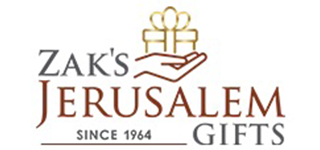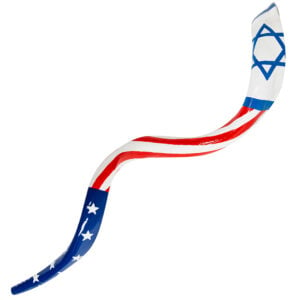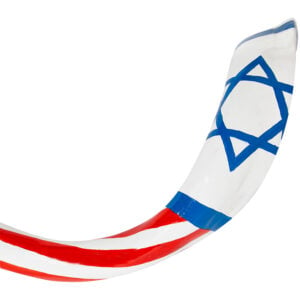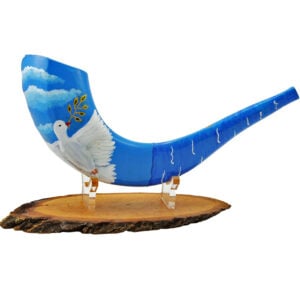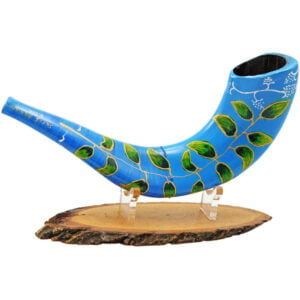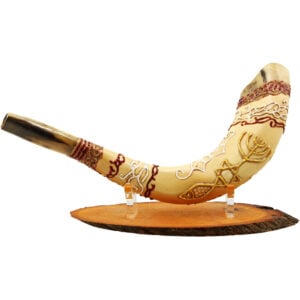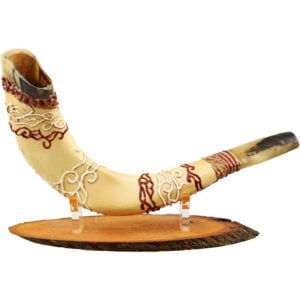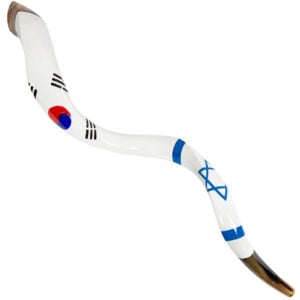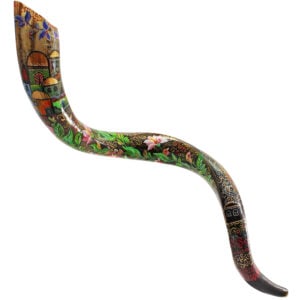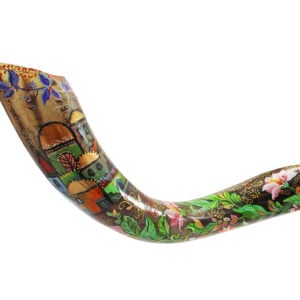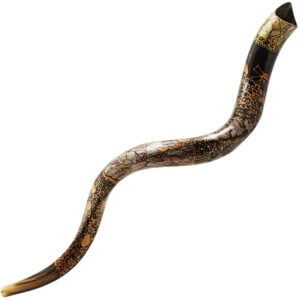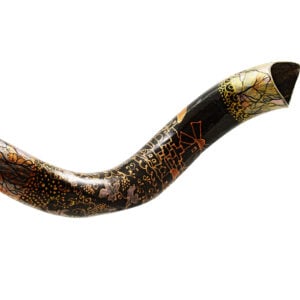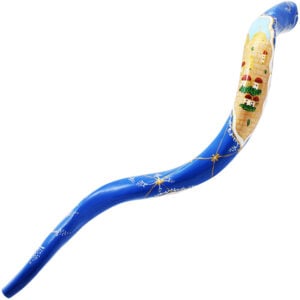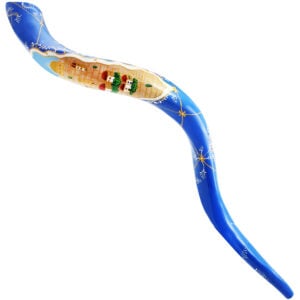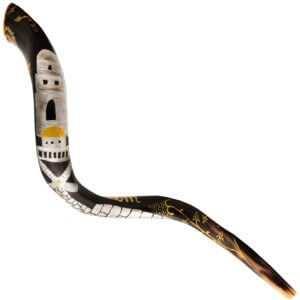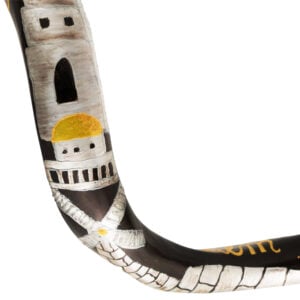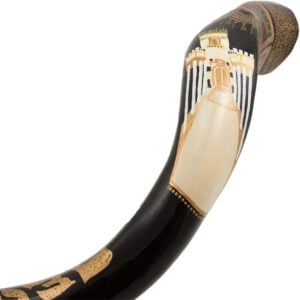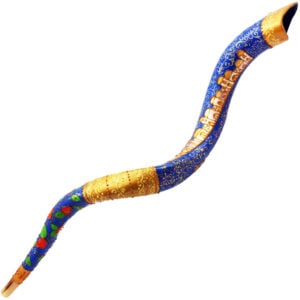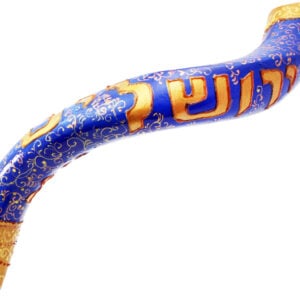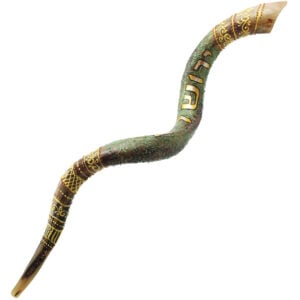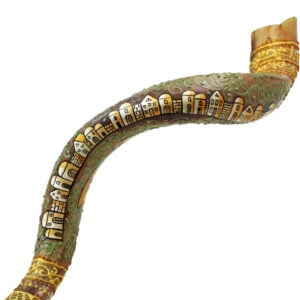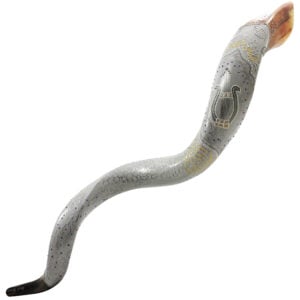The Shofar: A Sacred Symbol of Israel’s Spiritual Heritage
The shofar, a traditional Jewish instrument made from a ram’s horn, holds a significant place in Israel’s spiritual heritage. It is a sacred symbol that has been used for thousands of years to mark important religious occasions and to call the Jewish people to prayer. The shofar’s distinct sound is believed to have the power to awaken the soul and connect individuals to their faith and history.
The blowing of the shofar is deeply rooted in Jewish tradition and is mentioned numerous times in the Hebrew Bible. It is most commonly associated with the Jewish High Holy Days, particularly Rosh Hashanah, the Jewish New Year, and Yom Kippur, the Day of Atonement. During these solemn occasions, the shofar is blown in synagogues around the world to signal the beginning and end of the fasting and prayer periods.
The shofar is not just a religious artifact; it is also a symbol of Jewish identity and resilience. Throughout history, Jewish communities have faced persecution and adversity, and the shofar has served as a reminder of their strength and determination. It has been a source of inspiration and hope, symbolizing the enduring spirit of the Jewish people.
Exploring the Rich Diversity of Shofars: Ram’s Horn, Yemenite Shofar, and Decorated Shofars from Jerusalem
The shofar comes in various shapes and sizes, each with its own unique characteristics and cultural significance. The most common type of shofar is made from a ram’s horn, which is carefully cleaned and polished to produce a smooth and resonant sound. Ram’s horn shofars are widely used and are considered the traditional choice for religious ceremonies.
Another type of shofar is the Yemenite shofar, which is made from the horn of a kudu, a type of African antelope. Yemenite shofars are known for their larger size and distinctive spiral shape. They produce a deep and powerful sound that resonates throughout the synagogue, creating a truly awe-inspiring experience for worshippers.
In addition to the traditional shofars, there are also decorated shofars from Jerusalem that showcase the artistic talents of local craftsmen. These shofars are adorned with intricate designs, such as biblical scenes, symbols of Israel, or traditional Jewish motifs. They serve as both functional instruments and beautiful works of art, adding a touch of elegance and beauty to religious ceremonies.
The diversity of shofars reflects the rich tapestry of Jewish culture and traditions. Each type of shofar has its own unique sound and aesthetic, allowing individuals to choose the one that resonates most with their personal connection to Judaism. Whether it is the simplicity of the ram’s horn, the power of the Yemenite shofar, or the artistic beauty of the decorated shofar, each instrument carries with it a deep sense of spirituality and history.
In conclusion, the shofar is a sacred symbol of Israel’s spiritual heritage. It holds a significant place in Jewish tradition and is used to mark important religious occasions and call the Jewish people to prayer. The diversity of shofars, including the ram’s horn, Yemenite shofar, and decorated shofars from Jerusalem, reflects the richness of Jewish culture and allows individuals to connect with their faith in a personal and meaningful way. Whether blown in synagogues around the world or displayed as a cherished artifact, the shofar continues to inspire and unite the Jewish people, serving as a powerful reminder of their enduring spirit and connection to their heritage.

